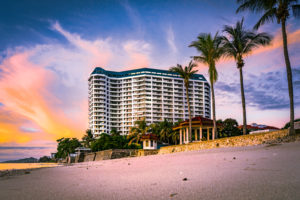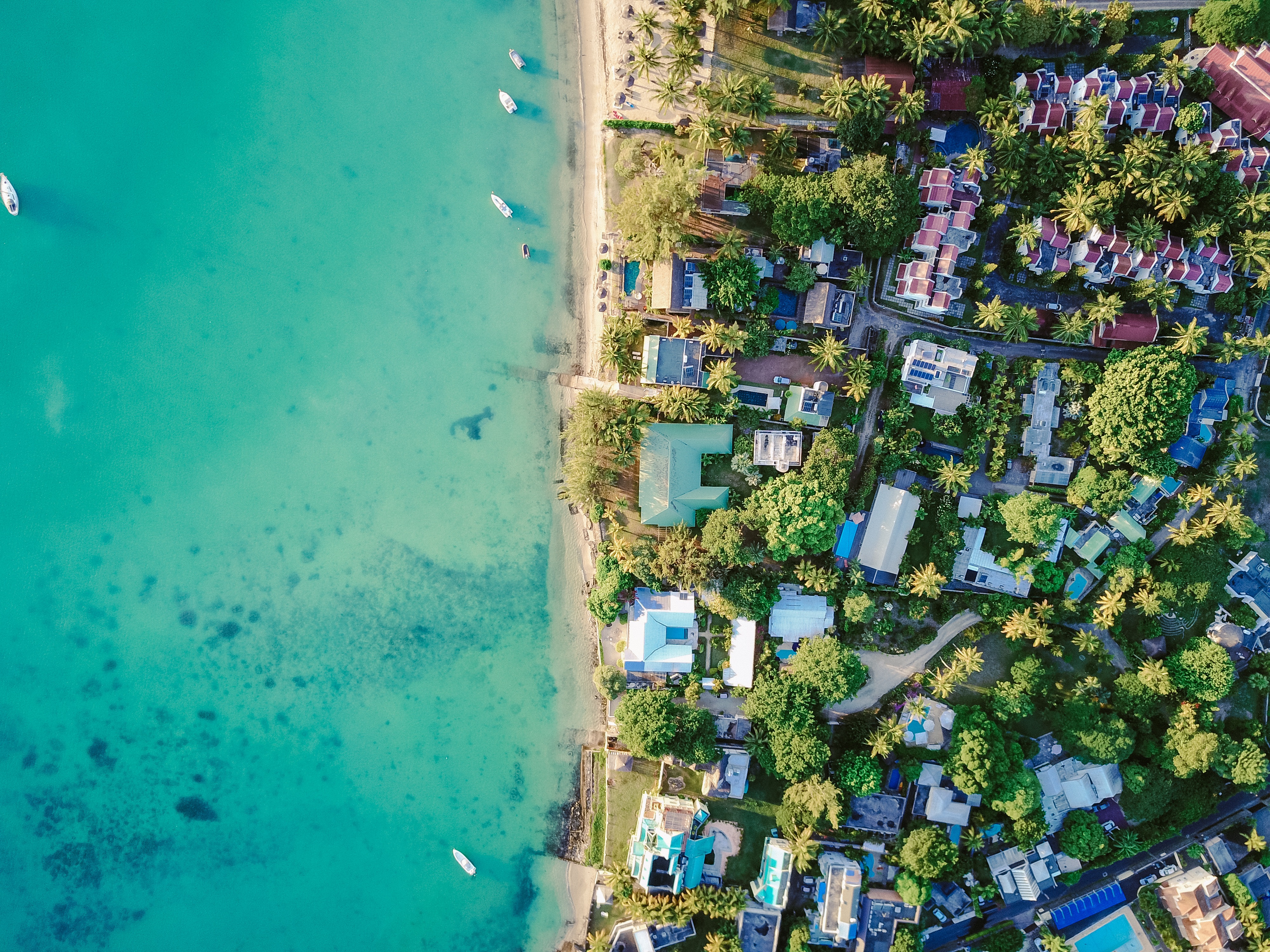As a traveler, you have a huge number of options (barring budget or time constraints) in terms of the places you could travel. Learning about different destination types can help you decide where and when you want to travel. How and why a tourism destination develops over time has important implications for the type of experience you’ll get there, the type of traveler who will find it appealing, and the potential impacts that travelers could have on the community. Knowing your traveler type will help your understanding of this post – Head on over to take the Traveler Personality Quiz before you read on!
One of the best ways to understand how destinations develop over time is through a model called the Tourism Area Life Cycle (TALC), that was developed by a guy named Richard Butler in 1980. The TALC essentially says that destinations develop on a curve, and as the number of visitors increases over time, local control over development slowly regresses. This model runs in unison with another old-school tourism model called Doxey’s Irridex. Doxey’s Irridex says that as the number of tourists visiting a destination increases over time, residents of that community react increasingly negatively as a result of impacts in the community.
Exploration stage
Tourism destinations at the beginning of their life cycle usually have little in the way of tourism infrastructure (things like airports) or superstructure (things like hotels), but usually have some unique natural or cultural attraction that people may find interesting and want to see. At this stage in the destination life cycle, usually the only travelers to a destination will be trendsetters, as it is likely difficult to get to the destination, stay in the destination, and communicate with those living in the destination. Impacts on the community are usually positive at this point, as the little money that travelers spend stays in the community, venturers socioculturally sensitive and inquisitive – meaning their interactions with locals in the community are usually positive, and a small number of tourist visits doesn’t usually lead to environmental degradation. An example of a destination in the exploration stage would be something like a small village in rural Laos, like Vieng Phou Kha.
Involvement stage
Once a few travelers visit a destination, people living in the community begin to realize that there is money to be made. At this point in the destination life cycle, locals often begin to start tourism related businesses, opening guesthouses, restaurants, tour guiding services, and even some attractions. This means that the destination begins to be a little bit more comfortable, so explorers might be willing to travel to the destination as they hear about it from trendsetters who return from their travels. At this point, positive economic impacts tend to grow a little bit, sociocultural impacts stay relatively the same, and both positive and negative environmental impacts tend to increase slightly. The environment is impacted positively as the community realizes that any natural resource based attractions need to be preserved in order to keep tourists coming. The environment is impacted negatively as tourism development begins to tax resources like the water supply, and new construction leads to resource use and runoff. An example of a destination in the involvement phase would be any of the Maasai communities around Maasai Mara National Reserve in Kenya.
Development/Consolidation
 As more tourists visit the destination, development starts to be undertaken by major tourism organizations. In many cases, tourism infrastructure becomes more developed, with access improving by road, rail, and air. With increased access comes increased demand, and new tourism businesses are usually developed by large multinational corporations to meet that demand – think branded hotels, restaurants, attractions, etc. These changes pave the way for visitation by adapters and daytrippers, while trendsetters and explorers seek out new places to go. Unless the destination makes a concerted effort to become a sustainable tourism destination, the impacts of tourism are likely to change. At this point, local businesses are likely still in the market, but increased competition makes their lives more difficult – meaning the positive economic impacts of previous stages decline and potential over-reliance on tourism can start to happen. Socioculturally, development by outside companies can wash out local culture, and demand from tourists can cause commodification. Environmentally, increased attention can lead to increased preservation of areas that are of touristic value, but continued development can create all sorts of environmental degradation issues.
As more tourists visit the destination, development starts to be undertaken by major tourism organizations. In many cases, tourism infrastructure becomes more developed, with access improving by road, rail, and air. With increased access comes increased demand, and new tourism businesses are usually developed by large multinational corporations to meet that demand – think branded hotels, restaurants, attractions, etc. These changes pave the way for visitation by adapters and daytrippers, while trendsetters and explorers seek out new places to go. Unless the destination makes a concerted effort to become a sustainable tourism destination, the impacts of tourism are likely to change. At this point, local businesses are likely still in the market, but increased competition makes their lives more difficult – meaning the positive economic impacts of previous stages decline and potential over-reliance on tourism can start to happen. Socioculturally, development by outside companies can wash out local culture, and demand from tourists can cause commodification. Environmentally, increased attention can lead to increased preservation of areas that are of touristic value, but continued development can create all sorts of environmental degradation issues.
Stagnation, Rejuvenation, and decline
As the destination reaches full development (nearing carrying capacity), eventually stagnation will occur. At this point, relaxers travelers join the party, as the destination has likely gained a reputation and has all of the comforts of home. Once the destination reaches this point, it can either go into decline or become rejuvenated. Which of those occurs depends on the destination. If the destination innovates and adjusts its products and services to the ever changing tourism market, it will rejuvenate. If the destination does not adjust, it will go into a slow decline and lose market share to other destinations. An example of a destination that stagnated and then rejuvenated is Las Vegas, Nevada, which is constantly rebranding itself. An example of a destination that stagnated and has gone into decline is Myrtle Beach, South Carolina.
The bottom line
First, I want to point out that just because a destination has reached the stagnation stage does NOT mean that you cannot find locally owned and operated tourism businesses. While not all destinations follow these development steps exactly, this process should give you some idea of how it often happens. When you are thinking about your travel destination, you can consider where it may be in terms of its destination life cycle, why or why not it might be appealing to you, and the potential impacts you may have traveling to the destination.
Learn More
If you’re interested in exploring tourism destinations that might be appealing to you, I recommend heading over to my travel planning strategy guide – I’ve provided a lot of great resources there for you to explore new and exciting destinations.

